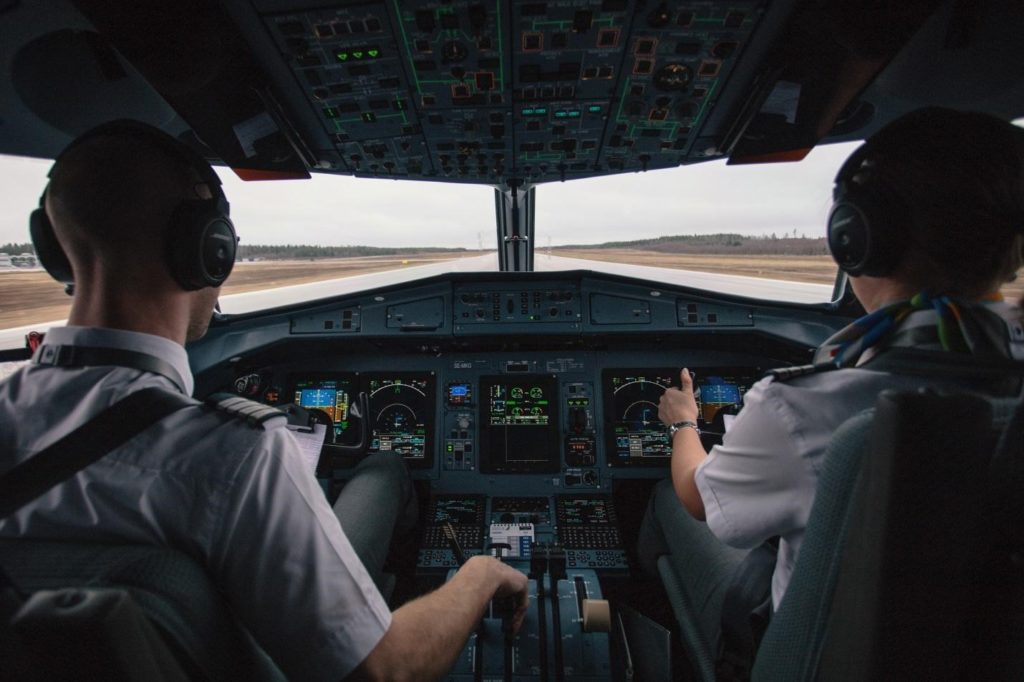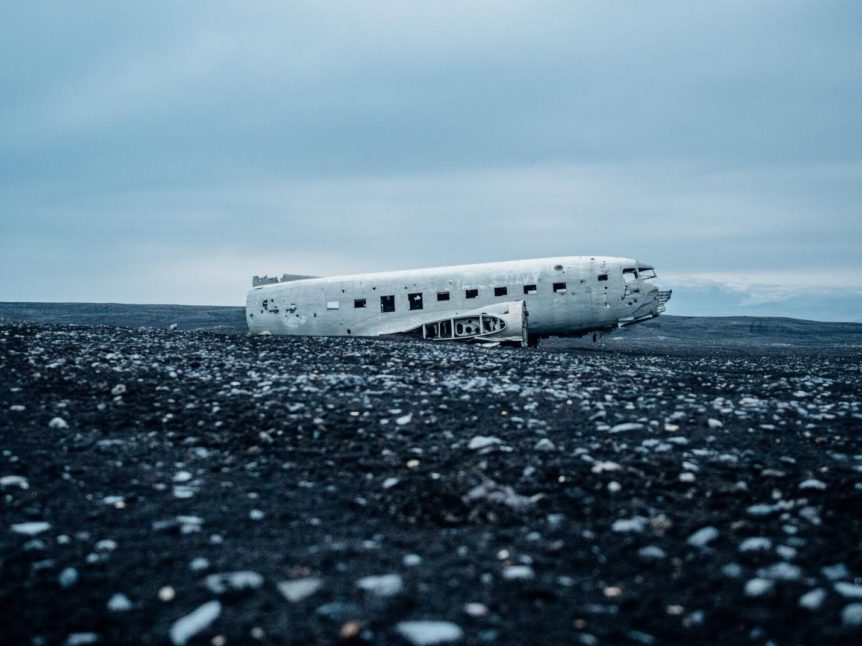A plane crash can be gruesome and devastating. In most cases, it results in fatalities. If there are survivors, they’re left with life-altering injuries that, more often than not, result in permanent disability. Not to mention the extensive damage to property an airplane accident causes.
Then, there’s the aftermath. Determining what caused the crash and who is to blame. It is usually a long, complex, drawn-out affair that can take years to conclude.
Unfortunately, most people hardly ever read the fine print on their plane tickets to understand what rights they have in the event of a plane crash and to what extent the airline is liable.
That being said, can you sue an airline for a crash? Here’s everything you need to know.
How Many Planes Crash a Year
According to the Bureau of Transportation Statistics, the number of US air carrier plane accidents is usually anywhere between 30 and 40 annually. The Montreal Convention, an international air carrier treaty, was adopted by the International Civil Aviation Organization in 1999.
The treaty, whose terms and conditions govern international flights, states, in part, that if an airline is found to be at fault for an airplane accident, it is liable for special “drawing rights” amounting up to 113,100 for each passenger.
This value, which the International Monetary Fund established, changes regularly and is currently equivalent to approximately $170,000 per passenger in the US.
While various constraints have been imposed under international treaties and aviation laws regarding the amount of damages victims of airplane injuries can recover from airlines, no limitation exists for recovery unless the airline in question can prove that it undertook all the necessary precautions to prevent the crash.
The burden of proof is on the airline, not the victims suffering from airplane crash injuries. This effectively paves the way for crash victims or their surviving kin to sue airlines for negligence.
Airplane Crash Injuries
Airplane injuries are often quite serious. They result in passengers suffering from organ damage, internal bleeding, broken limbs, head and neck injuries, and other debilitating conditions.
More often than not, most plane crash injuries result from blunt trauma, which tends to be quite significant, as you would expect.
Of all the plane crashes that occur, roughly 20 percent of these result in fatalities and are what tend to dominate news cycles when they do occur, as you’ve likely seen in recent plane crashes.
Surviving kin are left reeling from the death of their loved ones and, in many cases, suffering from the financial loss that comes with losing their spouse, primary provider, or parent.
US laws recognize these as injuries, allowing surviving family members to pursue a wrongful death suit against the airline to recover damages.
This allows them to receive compensation for the emotional distress that comes from such catastrophes and funeral costs, loss of financial support, and even the victim’s lost wages.
Keep in mind that airplane crashes cause extensive destruction to the property they crash into and the property that was on board the aircraft, including personal belongings, baggage, or shipped merchandise.
Even private aircraft owners suffer significant losses from the destruction of their planes. The law recognizes property damage as a type of injury as well.
Causes of Plane Crashes

The number one cause of airplane crashes is pilot error. Some sources estimate that it accounts for roughly 50 percent of the crashes that occur.
Weather conditions can also be a contributing factor to pilot error and plane crashes, with ice, storms, and visibility issues causing problems for both the plane and pilots alike.
Another major cause of airplane crashes is mechanical failure. Planes are complex vessels made up of several constituent parts produced by dozens of manufacturers.
A failure or defect in one of these parts – like the fuel system, electrical system, landing gear, etc. – can cause extensive malfunction leading to a crash.
Other common causes of aviation accidents include:
- Violating FAA regulations
- Structural or design issues
- Flight Service Station employee negligence
- Federal Air Traffic Controller negligence
The Federal Aviation Administration (FAA) and the National Transportation Safety Board (NTSB) are the two federal agencies charged with air travel regulation and the investigation of both private and commercial aviation accidents.
Causation and Liability – Determining Who Is Responsible for the Crash
Determining causation is an important piece of the puzzle. Passengers and the surviving family members of crash victims need to know who is to blame for the accident.
Aviation regulators and airlines also need to determine causation to prevent similar crashes from happening again in the future. From a legal standpoint, determining causation identifies who the at-fault party is to put them on the hook for damages.
If a plane crash resulted from pilot error, maintenance issues, or any other preventable lapses, the airline would be liable for the plane accident. They have a duty of care towards their passengers.
When they fail to do this, and an accident occurs, you can sue the airline on the grounds that the plane crash resulted from the airline’s negligent actions.
The law also holds the manufacturers of aircraft components liable if they are responsible for causing injuries. This is provided in the Strict Products Liability theory.
An error or oversight in the manufacturing process, a defect in the design, and the failure to provide a warning about the potential dangers may all result in manufacturer liability.
In-Flight Injuries
In the case of airplane injuries due to turbulence or as a result of in-flight mishaps like luggage falling out of the overhead storage, the ability to sue the airline depends on who or what caused the injury in question. It all boils down to proving negligence.
For instance, if you took off your seatbelt and decided to walk around the cabin after the captain announced that passengers should be seated with their seatbelts fastened on, you’ll have a hard time proving that the airline was negligent.
If, on the other hand, the captain failed to notify passengers of incoming turbulence and you were injured as a result, you can file a lawsuit against the airline.
Get Legal Help With Your Claim
If you suffered injury or lost a loved one due to a plane crash, get in touch with a competent airplane accident lawyer as soon as possible. Aircraft litigation is often complicated and may involve several different parties being named as defendants in your case. Don’t go it alone.
Have any legal questions for us? Live Chat with one of our attorneys today.
